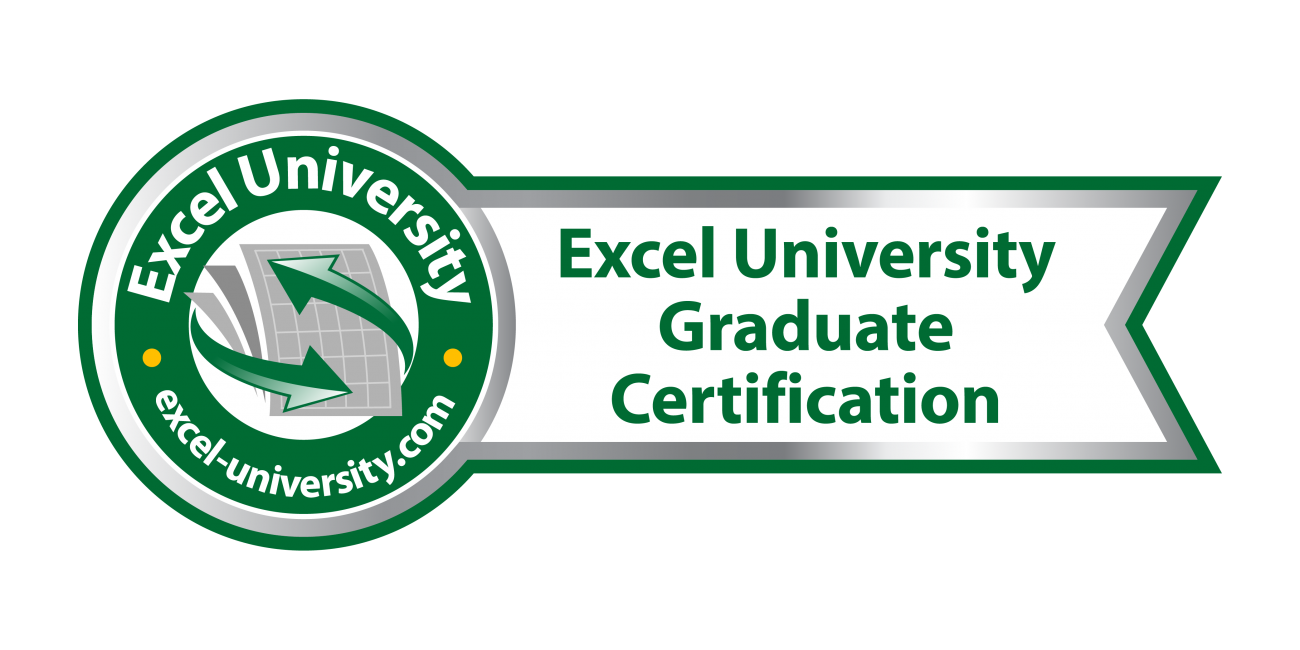Mastering Medical Paperwork in 2017: Your Essential Guide

An Introduction to Medical Paperwork in 2017

In an age where technology is rapidly transforming our world, healthcare systems are not far behind. The year 2017 marked a significant period where medical institutions began to heavily integrate electronic systems into their documentation processes. From understanding how to fill out a form correctly to navigating the intricacies of electronic health records (EHRs), the task of managing medical paperwork can feel daunting. This guide serves as your comprehensive resource to mastering medical paperwork, ensuring that you're equipped to handle any document-related challenges that come your way.
The Evolution of Medical Documentation

Before diving into the practical steps, let's take a brief look at how medical documentation has evolved:
- Traditional Paper Records: Initially, medical documentation was entirely paper-based, with records stored in folders and cabinets.
- Electronic Health Records (EHRs): The introduction of EHRs aimed to reduce errors, enhance patient care coordination, and provide immediate access to patient information.
- Hybrid Systems: Many institutions now operate with a mix of digital and paper records, especially in the transition phase.
Step-by-Step Guide to Filling Out Medical Forms

1. Understanding Form Types

Medical forms vary widely, but here are some common categories:
- Patient Intake Forms: Captures basic information, medical history, and insurance details.
- Consent Forms: Gives permission for treatments, procedures, or the release of medical information.
- Medical Orders: Details prescriptions, diagnostic tests, or referrals.
- Insurance and Billing Forms: Necessary for claims and billing processes.
2. Completing Forms Accurately

Here's how to ensure accuracy:
- Read Instructions Carefully: Each form has specific instructions; reading them thoroughly can prevent errors.
- Provide Complete Information: Leaving fields blank can delay processes. If a question does not apply, indicate it with "NA" or similar.
- Use Legible Handwriting: If filling out paper forms, ensure your handwriting is clear. For EHRs, use dropdown menus where possible for clarity.
- Verify Information: Double-check everything, especially personal information and medical history, for accuracy.
3. Submitting Forms

- Electronic Submission: Most EHR systems allow for electronic submission. Ensure all mandatory fields are filled before sending.
- Paper Submission: If paper forms are still in use, submit them directly to the reception or as instructed.
- Electronic Signature: Learn how to properly use electronic signatures to authenticate documents.
4. Handling Updates

Medical information changes over time. Here’s how to manage updates:
- Stay Proactive: Regularly update your details in the EHR system or inform your healthcare provider of any changes.
- Know Where to Update: Understand which parts of the EHR need updating and how to access those sections.
Common Pitfalls to Avoid

- Ignoring Forms: Delaying or neglecting to fill out forms can lead to miscommunication or delays in care.
- Poor Legibility: Bad handwriting can result in misinterpretation, potentially leading to medical errors.
- Failure to Read: Skipping instructions can cause you to overlook essential information or miss out on critical consents.
- Inaccurate Information: Providing incorrect data can affect treatment outcomes and insurance claims.
⚠️ Note: Inaccurate or incomplete medical forms can lead to treatment delays or denials by insurance companies. Always ensure your paperwork is filled out accurately.
Navigating Insurance and Billing Paperwork

Understanding insurance and billing forms is crucial:
- Know Your Policy: Understand what your health insurance covers to avoid submitting claims for non-covered services.
- Use Correct Forms: Use the forms provided by your insurance company or the medical institution.
- Authorization: Some procedures require pre-authorization. Ensure this is obtained before proceeding.
- Track Your Claims: Keep copies of claims and track their status through insurance portals or by calling customer service.
👀 Note: Always request an Explanation of Benefits (EOB) after a medical service. It helps you understand how your insurance has processed your claim.
Advanced Tips for Managing Electronic Health Records (EHRs)

- Learn Navigation: Familiarize yourself with the EHR interface. Most systems have tutorials or help sections.
- Privacy Concerns: Understand who has access to your EHR and review your institution’s privacy policies.
- Patient Portals: Use patient portals to access lab results, schedule appointments, or update information securely.
- Mobile Apps: Many hospitals offer mobile apps for easier access to EHRs on the go.
🔍 Note: Regularly check your EHR for any unauthorized access or changes. If you notice anything unusual, report it immediately to your healthcare provider.
To sum it up, mastering medical paperwork in 2017 involves understanding both the traditional and modern methods of record-keeping. Whether dealing with paper forms or navigating through digital systems, accuracy, attention to detail, and a proactive approach are key. This guide has equipped you with the foundational knowledge needed to handle medical documentation efficiently. Regularly update your records, stay informed about changes in insurance policies, and utilize the resources provided by healthcare institutions to make the process smoother.
What are the most important documents in a medical file?

+
The most critical documents include patient intake forms, consent forms, medical orders, insurance/billing forms, and any documentation related to specific treatments or procedures.
How can I ensure the privacy of my medical records?

+
To ensure privacy, review the privacy policies of your healthcare provider, use secure patient portals for accessing your information, and regularly check your EHR for unauthorized access or changes.
What should I do if my insurance claim is denied?

+
If your claim is denied, review the Explanation of Benefits (EOB) for reasons. Contact your insurance provider to appeal the decision. Ensure you have all necessary forms and documentation completed accurately to support your appeal.



